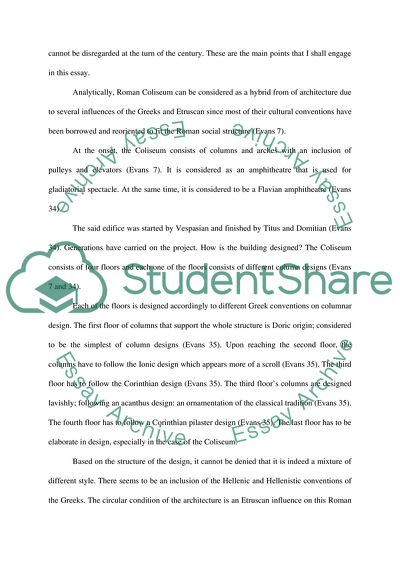Cite this document
(The Great Structure of Coliseum Coursework Example | Topics and Well Written Essays - 2250 words, n.d.)
The Great Structure of Coliseum Coursework Example | Topics and Well Written Essays - 2250 words. https://studentshare.org/architecture/1771720-the-incredible-structure-of-the-coliseum
The Great Structure of Coliseum Coursework Example | Topics and Well Written Essays - 2250 words. https://studentshare.org/architecture/1771720-the-incredible-structure-of-the-coliseum
(The Great Structure of Coliseum Coursework Example | Topics and Well Written Essays - 2250 Words)
The Great Structure of Coliseum Coursework Example | Topics and Well Written Essays - 2250 Words. https://studentshare.org/architecture/1771720-the-incredible-structure-of-the-coliseum.
The Great Structure of Coliseum Coursework Example | Topics and Well Written Essays - 2250 Words. https://studentshare.org/architecture/1771720-the-incredible-structure-of-the-coliseum.
“The Great Structure of Coliseum Coursework Example | Topics and Well Written Essays - 2250 Words”. https://studentshare.org/architecture/1771720-the-incredible-structure-of-the-coliseum.


